
Different Types of EV Charger Connectors
Electric vehicle (EV) chargers are characterized by “levels” rather than grades. The levels describe how quickly a charger will recharge an EV’s battery. In general, chargers are defined by the number of kilowatts (kW) they output. Each kilowatt-hour (kWh) received by a standard passenger-sized EV equates to about 4 miles of driving range. The higher the output from the charger, the faster the EV battery will recharg

2022 Guide On How To Charge Your Electric Car With Charging Stations
Electric cars (EVs) and plug-in hybrid vehicles are relatively new on the market and the fact that they use electricity to propel themselves means a new infrastructure has been put into place, one which few are familiar with. This is why we have created this useful guide to explain and clarify the different charging solutions used to charge an electric car.
North American SAE J1772 Type 1 EV Plug

Type 1 J1772 Charger Connector

Type 1 EV Inlet Socket
European Standards IEC62196-2 Type 2 EV Connectors
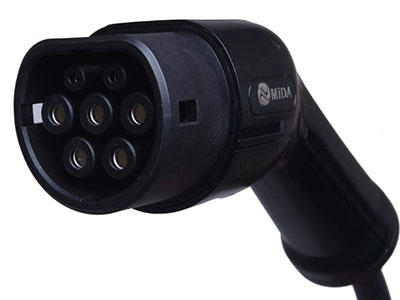
IEC62196-2 Type 2 Connector

IEC62196-2 Type 2 Inlet EV Socket
Type 2 connectors are often called ‘Mennekes’ connectors, after the German manufacturer that invented the design. They have a 7-pin plug.The EU recommends Type 2 connectors and they are sometimes referred to by the official standard IEC 62196-2.
EV charging connector types in Europe are similar to those in North America, but there are a couple of differences. First, the standard household electricity is 230 volts, almost twice as much as North America's used. There is no "level 1" charging in Europe, for that reason. Second, instead of the J1772 connector, the IEC 62196 Type 2 connector, commonly referred to as mennekes, is the standard used by all manufacturers except Tesla in Europe.
Nevertheless, Tesla recently switched the Model 3 from its proprietary connector to the Type 2 connector. Tesla Model S and Model X vehicles sold in Europe are still using the Tesla connector, but speculation is that they too will eventually switch to the European Type 2 connector.

CCS J1772 Connector
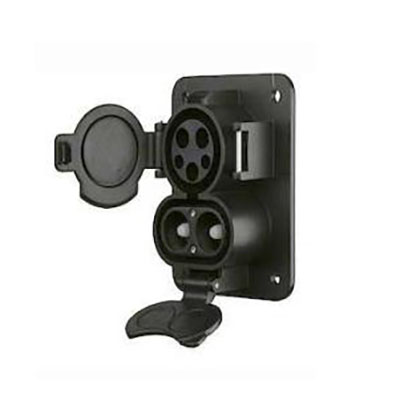
CCS1 Inlet Socket
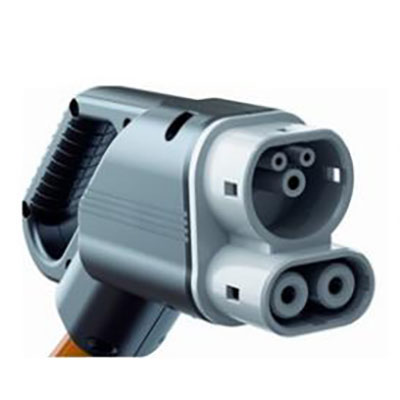
CCS Combo2 Connector
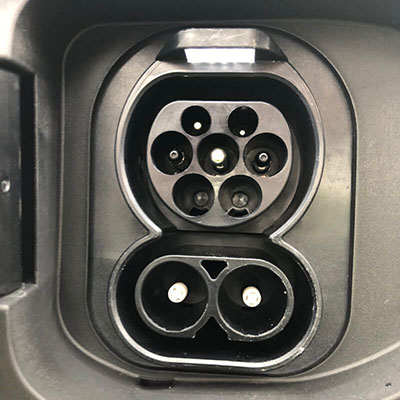
CCS2 Inlet Socket
CCS stands for Combined Charging System.
Combined Charging System (CCS) covers Combo 1 (CCS1) and Combo 2 (CCS2) chargers.
From the late 2010s, the next generation of chargers combined Type1 / Type 2 chargers with a thick DC current connector to create the CCS 1 (North America) and the CCS 2.
This combination connector means that the car is adaptable in that it can take AC charge through a connector in the top half or DC charge via the 2 combined connector parts.For example ,If you have a CCS Combo 2 socket in your car and want to charge at home on AC, you simply plug in your normal Type 2 plug into the upper half. The lower DC part of the connector remains empty.
In Europe, DC fast charging is the same as in North America, where CCS is the standard used by virtually all manufacturers except Nissan, Mitsubishi. The CCS system in Europe combines the Type 2 connector with the tow dc quick charge pins just like the J1772 connector in North America, so while it is also called CCS, it's a slightly different connector. Model Tesla 3 now uses European CCS connector.
Japan Standard CHAdeMO Connector & CHAdeMO Inlet Socket
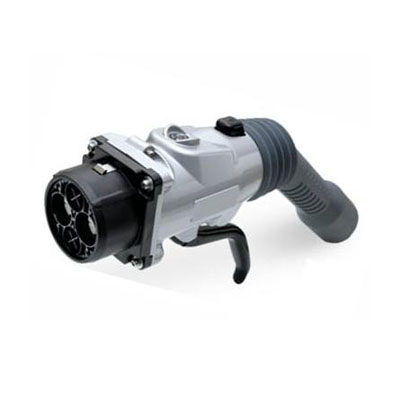
CHAdeMO Gun
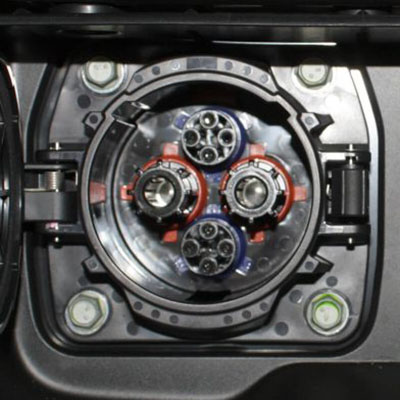
CHAdeMO Inlet Socket
CHAdeMO: The Japanese utility TEPCO developed CHAdeMo. It is the official Japanese standard and virtually all Japanese DC fast chargers use a CHAdeMO connector. It's different in North America where Nissan and Mitsubishi are the only manufacturers that currently sell electric vehicles that use the CHAdeMO connector. The only electric vehicles that use the type of CHAdeMO EV charging connector are the Nissan LEAF and the Mitsubishi Outlander PHEV. Kia quit CHAdeMO in 2018 and now offers CCS. CHAdeMO connectors do not share part of the connector with the J1772 inlet, as opposed to the CCS system, so they require an additional ChadeMO inlet on the car This necessitates a larger charge port
Tesla Supercharger EV Connector & Tesla EV Socket
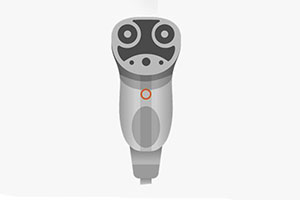
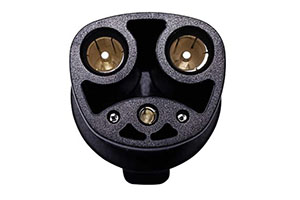
Tesla: Tesla uses the same Level 1, Level 2 and DC quick charging connectors. It's a proprietary Tesla connector that accepts all voltage, so as the other standards require, there's no need to have another connector specifically for DC fast charge. Only Tesla vehicles can use their DC fast chargers, called Superchargers. Tesla installed and maintains these stations, and they are for the exclusive use of Tesla customers. Even with an adapter cable, it would not be possible to charge a non-tesla EV at a Tesla Supercharger station. That’s because there is an authentication process that identifies the vehicle as a Tesla before it grants access to the power. Charging the Tesla Model S on a road trip via a Supercharger can add as much as 170 miles of range in just 30 minutes. But the V3 version of the Tesla Supercharger ups the power output from about 120 kilowatts to 200 kW. The new and improved Superchargers, which launched in 2019 and continue to roll out, speed things up by 25 percent. Of course, range and charging depend on many factors—from the car's battery capacity to the charging speed of the onboard charger, and more—so “your mileage may vary.”
China GB/T EV Charging Connector
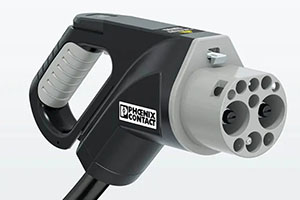
China GB/T GUN EV Connector
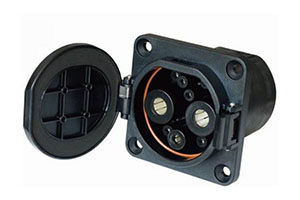
China DC GB/T Inlet Socket
China is the biggest market – by far – for electric vehicles.
They have developed their own charging system, officially referred to by their Guobiao standards as: GB/T 20234.2 and GB/T 20234.3.
GB/T 20234.2 covers AC charging (single-phase only). The plugs and sockets look like Type 2, but the pins and receptors are reversed.
GB/T 20234.3 defines how rapid DC charging works. There is just one nationwide DC charging system in China, rather than competing systems like CHAdeMO, CCS, Tesla-modified, etc., found in other countries.
Interestingly, the Japanese-based CHAdeMO Association and the China Electricity Council (which controls GB/T) are working together on a new DC rapid system known as ChaoJi. In April 2020, they announced the final protocols called CHAdeMO 3.0. This will allow charging at over 500 kW (600 amps limit) and will also provide bidirectional charging.Considering China is the largest consumer of EVs, and that many regional countries are likely to join including possibly India, the CHAdeMO 3.0 / ChaoJi initiative may well dethrone CCS over time as the dominant force in charging.





